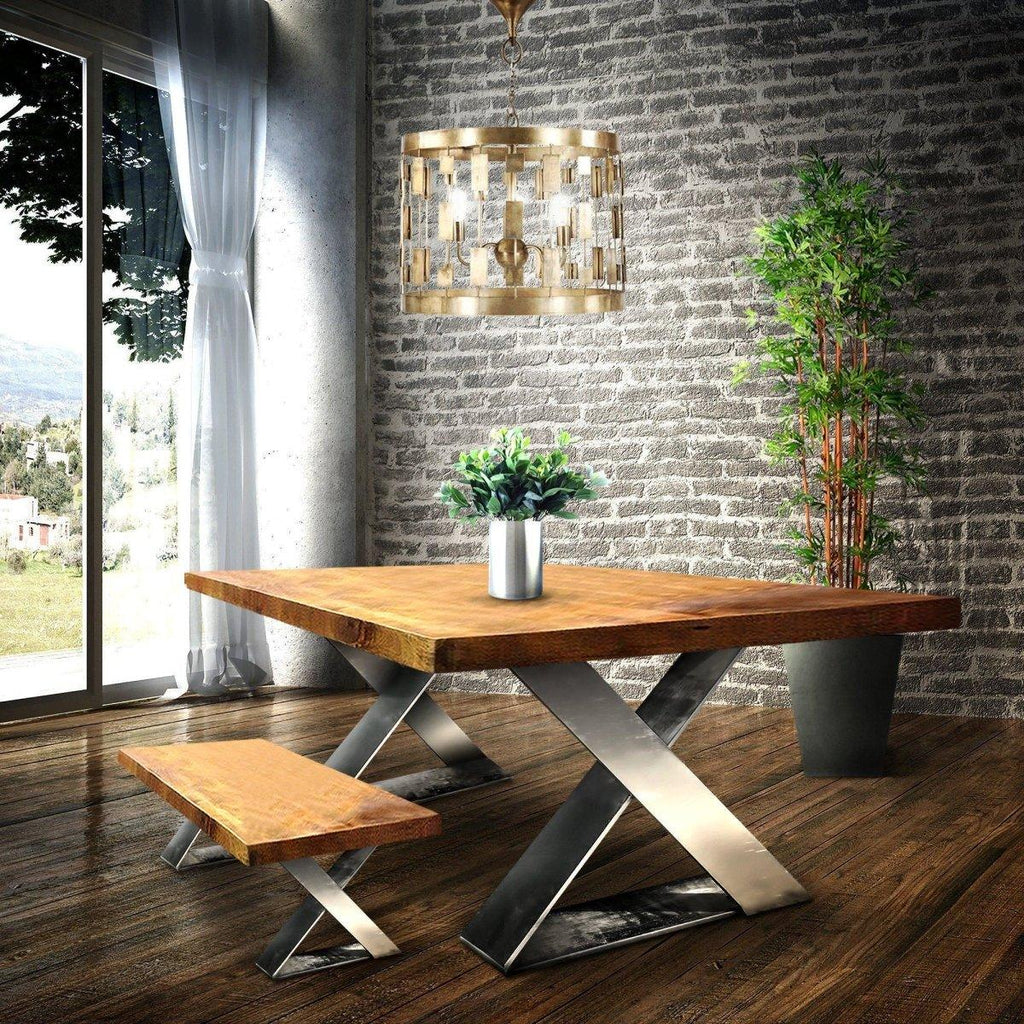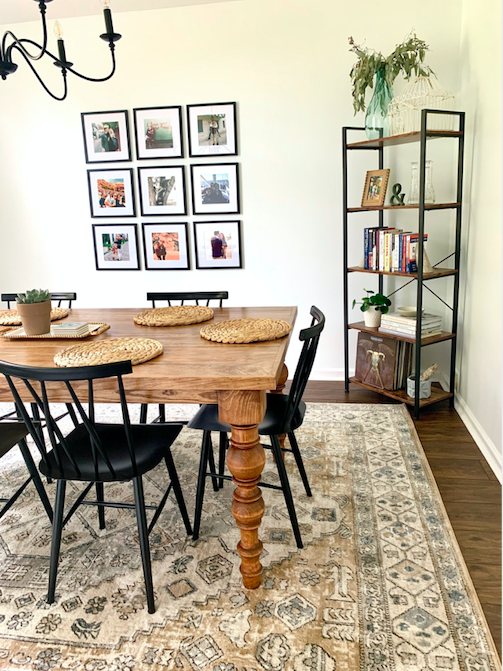From Traditional to Modern: Find the Suitable Dining Area Table Legs for Your Style
While timeless designs such as cabriole and turned legs stimulate a sense of classic elegance, modern designs like hairpin and geometric alternatives provide an opportunity for striking visual rate of interest. As you take into consideration these components, the question stays: exactly how can you seamlessly integrate these varied leg styles to create a harmonious dining experience?
Understanding Table Leg Styles
The range of dining-room table leg styles can dramatically influence both the looks and capability of the room. Each leg design adds unique practical functions and visual elements, catering to varied style preferences and usage requirements. Understanding these designs is crucial for selecting the right table that lines up with your general interior design vision.
As an example, conical legs use a clean, classic look that can enhance a space's style, while stand bases provide stability and maximize legroom, making them optimal for smaller rooms. Barrette legs, a trademark of mid-century modern layout, present an industrial panache, enabling an airy, open feel. Trestle legs evoke rustic beauty, offering durable support and a feeling of timelessness.
Wooden legs can bring heat and appearance, whereas metal choices frequently share a sleek, contemporary ambiance. Ultimately, recognizing table leg styles is vital for creating a natural dining location that mirrors personal design while making sure usefulness and comfort.
Traditional Table Leg Options
When choosing eating area table legs, conventional choices often symbolize ageless elegance and workmanship. These designs mirror an abundant heritage and a commitment to top quality, making them suitable for those that appreciate classic visual appeals.
Among the most renowned standard leg designs is the cabriole leg, defined by its graceful curved shape. This design typically includes decorative carvings and is most typically discovered in Queen Anne and Chippendale furniture. Another popular alternative is the transformed leg, which flaunts a series of smooth, rounded shapes that give a timeless appearance while keeping security.
Moreover, the straight leg, while simple, provides a unadorned and sturdy framework that can mix flawlessly with a range of tabletop styles. For those attracted to ornate detailing, claw-and-ball feet legs stimulate a feeling of magnificence and can work as a magnificent prime focus in any kind of eating area.
Finally, pedestal bases, although not strictly legs, provide an alternative typical alternative that permits for ample legroom and can be beautifully sculpted. Each of these standard leg styles adds to the total ambiance of a dining-room, marrying feature with visual charm.

Modern Table Leg Designs
Modern table leg styles provide a diverse array of designs that highlight ingenious products and clean lines. These styles frequently focus on functionality while serving as striking focal points within an eating room. Minimalist looks are prevalent, with legs crafted from products such as steel, glass, and engineered timber, which add to a modern and ventilated her response feeling.
One preferred layout is the barrette leg, defined by its slender, tapered framework that provides security without overwhelming the table top (dining room table legs). This design is frequently found in mid-century modern furnishings and can easily match different eating table shapes. An additional pattern is the usage of geometric forms, where legs might take on angular or asymmetrical kinds, adding aesthetic interest and a touch of artistry

Mixing Styles for Distinct Spaces
Typically, Go Here homeowners seek to develop one-of-a-kind eating areas that show their individual design by mixing different design elements. This strategy allows for the incorporation of diverse visual appeals, resulting in an unified yet distinct atmosphere. Coupling a rustic wooden table with streamlined, contemporary metal legs can produce an eye-catching comparison that boosts the area's total charm.
Furthermore, incorporating vintage table legs with contemporary table tops can stimulate a feeling of history while maintaining a contemporary sensibility. Such combinations not just showcase specific taste yet also motivate imagination, permitting house owners to curate a room that really feels both personal and welcoming.
Color plays an important function in this blending procedure; choosing table legs that match or comparison with the existing color design can improve visual rate of interest. Whitewashed legs can soften the boldness of a dark table surface area, developing a balanced aesthetic.
Tips for Choosing the Right Legs
Choosing the right table legs is essential for achieving both functionality and aesthetic allure in your dining area. Begin by thinking about the overall design of your area. Traditional settings gain from legs that include intricate carvings or transformed layouts, while modern spaces may ask for streamlined, minimal designs.
Next, evaluate the height and stability of the legs. dining room table legs. Standard table range between 28 to 30 inches in height, so make sure the legs complement this measurement for comfort. Additionally, durable products, such as hardwood or metal, can improve stability and long life
Review the leg form as well-- alternatives include directly, tapered, or pedestal styles. Straight legs provide a classic appearance, while conical legs can include a touch of sophistication. Pedestal bases supply enough legroom and are ideal for smaller rooms.
Verdict
In recap, choosing the ideal eating space table legs requires mindful factor to consider of both contemporary and traditional designs. By balancing leg design, height, and material with the total design, a cohesive and welcoming atmosphere can be attained.
The range of dining area table leg styles can considerably affect both the appearances and performance of the area. Eventually, recognizing table leg designs is crucial for producing a natural dining location that reflects individual style go while making sure practicality and convenience.One of the most renowned typical leg styles is the cabriole leg, defined by its graceful curved shape. Straight legs use a classic appearance, while conical legs can add a touch of elegance.In summary, picking the perfect eating room table legs needs careful consideration of both contemporary and typical styles.
Comments on “Creative Ideas for Replacing or Refurbishing Your Dining Room Table Legs”